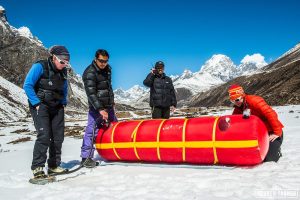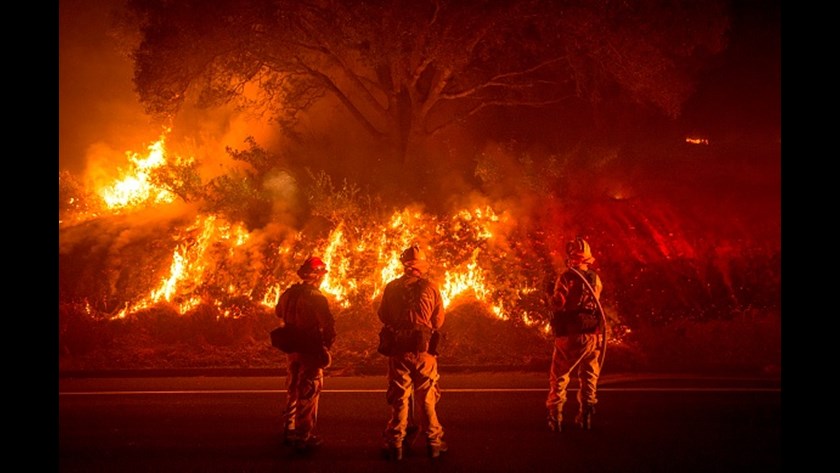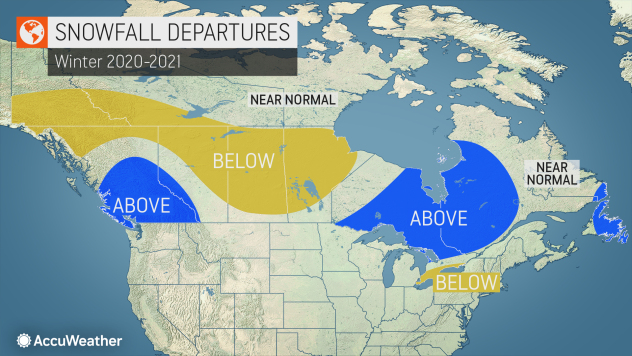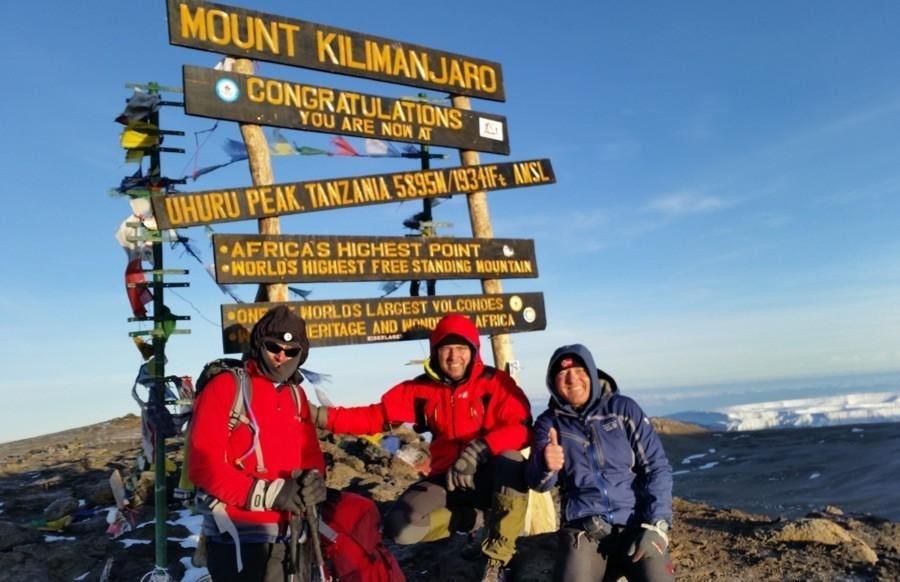
High Altitude Pulmonary Edema, or HAPE, as it is more commonly known, is a dangerous affliction known to often affect mountaineers in the Himalaya, Andes, and other high altitude peaks and mountain ranges. However, it is possible to occur in otherwise healthy people as low as 8,200 ft (2500m) and is considered a more severe form of acute mountain sickness, or AMS.
Typically, it occurs in people who travel from low elevation to a higher elevation without proper acclimatization procedures. It is more common on mountains with a relatively low base elevation and a relatively high summit, such as Kilimanjaro, and in the especially high altitude peaks, such as those in the Himalayas. While HAPE most frequently occurs in mountaineers, it has also been known to afflict skiers and climbers who travel from sea level to the higher altitudes of states such as Colorado.
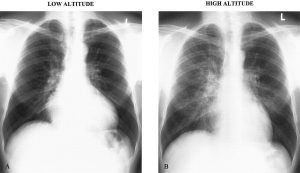
According to the US National Library of Medicine, HAPE is caused by a buildup of fluid in the lungs due to decreased pressure. Early onset signs include a persistent cough and difficult, labored breathing. Later on, fever-like symptoms such as elevated heart rate and respiratory rate present themselves, as well as cyanosis, or the skin turning blue. If left untreated, it can progress to a life-threatening illness, and HAPE as well as another similar affliction, HACE (High Altitude Cerebral Edema) has cost many high altitude mountaineers their lives.
The best, if not only, treatment is to help the patient descend to a lower elevation as soon as possible. If that is not possible, a medical device called a Gamow box can simulate a lower elevation by artificially increasing pressure until the patient can descend safely. While not overly common outside of the greater mountain ranges on Earth, HAPE is nevertheless an important consideration for anyone wishing to travel to higher elevations.
